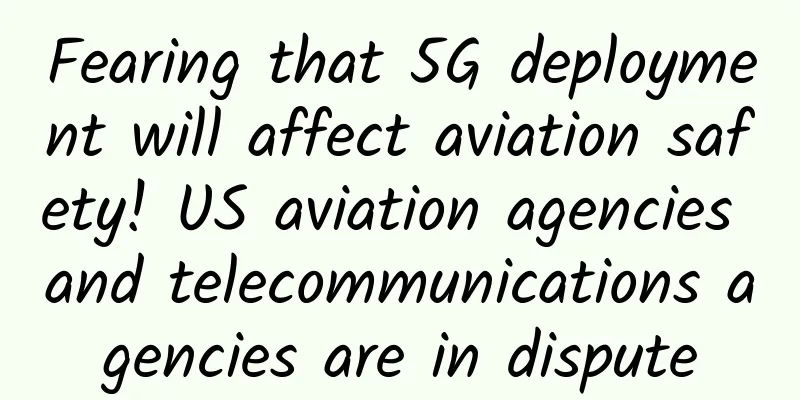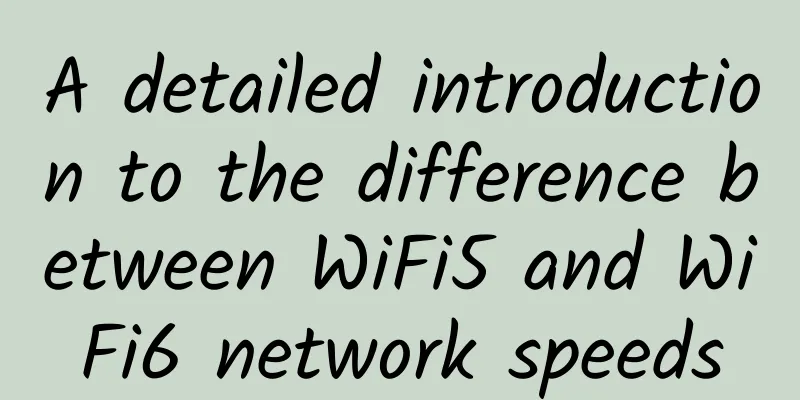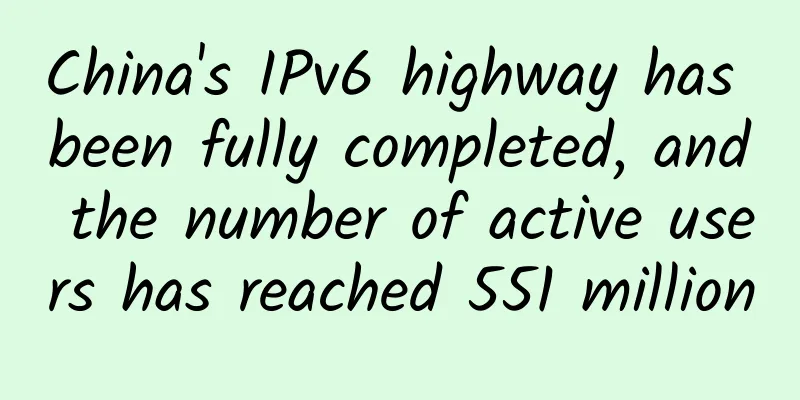Fearing that 5G deployment will affect aviation safety! US aviation agencies and telecommunications agencies are in dispute

|
Although 5G (fifth-generation mobile communication technology) is a new generation of broadband mobile communication technology with the characteristics of high speed, low latency and large connection, it has been questioned when deployed in Europe, the United States and other regions. There was even a rumor that 5G could spread the new coronavirus. According to foreign media reports, the FAA (Federal Aviation Administration) is preparing to issue a warning to pilots and airlines that a new 5G wireless service may interfere with aircraft cockpit safety systems and automation systems. The service will be launched in early December. The report noted that the FAA is drafting a special bulletin and related authorizations stating that certain automated features that pilots use to help aircraft fly and land may be affected by signal towers on the ground that transmit new 5G signals.
The FAA noted that cockpit systems are common in modern air travel and can help aircraft land in bad weather, prevent crashes and avoid mid-air collisions. If commercial pilots are unable to use these features, it could lead to the cancellation, delay or diversion of a large number of flights in 46 countries where 5G signal towers are located. However, the FCC (Federal Communications Commission) refuted the security issues, saying that after reviewing the potential impact on aviation safety, it formulated spectrum usage rules in early 2020, and existing evidence does not support the conclusion that 5G networks will interfere with aviation safety. At the heart of the dispute is a band of radio spectrum between 3.7 and 4.2 GHz that is ideal for 5G transmissions and is already used by mobile phone networks in other countries. Under spectrum use rules established by the FCC in March 2020, wireless companies may deploy 5G towers that transmit between the 3.7 and 4.2 GHz bands as early as December 5 of this year. Aviation equipment operates in the nearby frequency band of 4.2 to 4.4 GHz, so the FAA feels that the possibility of interference is increased. In addition, the FAA also wants the FCC to share specific data on the location, power and angle of 5G signal towers. However, the FCC does not seem willing to do so. The FAA said more specific information would allow it to issue more targeted, less disruptive warnings. In addition to commercial jets, the agency is concerned about potential interference with small private aircraft, including medical helicopters landing at hospitals. Meredith Attwell Baker, president of the CTIA (CTIA), said 5G networks can operate securely without causing harmful interference, and the industry already uses controversial wireless spectrum in 40 countries. Regarding the dispute between the two agencies, an insider revealed that since August this year, the FCC and FAA staff have been discussing the issue every week. As both sides refused to give in, the White House finally intervened and mediated. |
<<: 5G+Industrial Internet, how is this addition “calculated”?
>>: Tencent Interview: Do you understand process communication?
Recommend
Data Center Strategic Evolution
With the advent of cloud computing, many industry...
The financial network protection action is timely, Ruijie helps large state-owned banks find the correct way to conduct "physical examinations"!
With the continuous improvement of informatizatio...
TmhHost: Japan/Hong Kong/US CN2 GIA/High Defense Cloud Server 20% off for three months starting at 79.2 yuan
TmhHost is a Chinese hosting company founded in 2...
Cloud desktop helps Internet diagnosis and treatment to accelerate!
On August 27, the "Sincerity, Diligence, and...
[Black Friday] ITLDC: 40% off unlimited traffic VPS annual payment, 25% off dedicated server, 14 data centers in the United States/Singapore/Netherlands
ITLDC's Black Friday promotion this year last...
V5.NET: 30% off for first order from new customers, Hong Kong dedicated server as low as HK$385 per month
V5.NET mainly provides independent server rental ...
CMIVPS: 350 yuan/year-1GB/20GB NVMe/1.5TB@1Gbps/Seattle/High Defense VPS
Many friends have given good feedback on SpartanH...
6G network speed greatly improved, Chinese team set a new record of terahertz 100Gbps transmission
5G network technology has increased the speed of ...
5G will be everywhere
5G has been hyped as a new key technology for ent...
What is the difference between HTTP & WebSocket? Do you know?
[[412152]] 1 What is WebSocket? WebSocket was bor...
BandwagonHost: Hong Kong VPS, $74 per year, single core, 1G memory, 20G SSD hard drive, 500GB/1Gbps, triple network CMI line
Recently, Bwh81 has opened a second data center i...
Sharktech: $129/month-Dual E5-2678v3/64GB/1TB NVMe/1Gbps unlimited traffic/Los Angeles data center
Sharktech's low-priced configurations in Los ...
Expert: China ranks second in the world in terms of the number of IPv6 addresses
[[230257]] The global Internet Protocol (IP) addr...
Byte One: Is there any difference between HTTP long connection and TCP long connection?
Hello everyone, I am Xiaolin. A reader sent me a ...



![[11.11] Tencent Cloud 2C2G4M cloud server starts at only 50 yuan/year, 2C4G6M cloud server only 100 yuan/year](/upload/images/67cac04ca9a14.webp)



![[Black Friday] Launchvps 40% off, 1G memory KVM monthly payment starts from $2.57](/upload/images/67cac47960bd4.webp)

